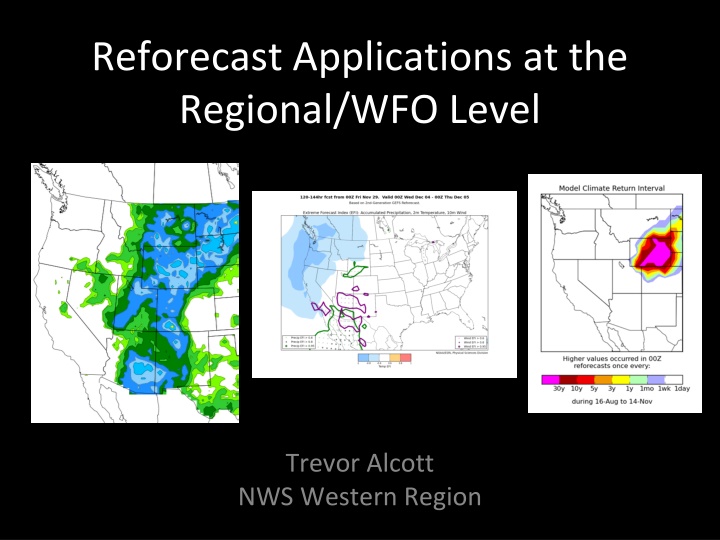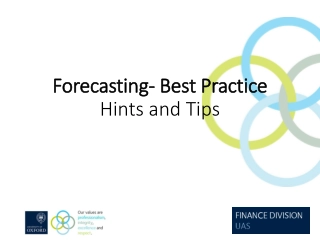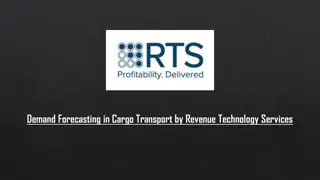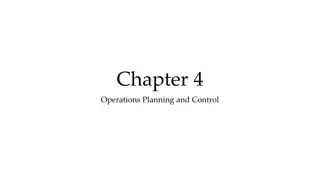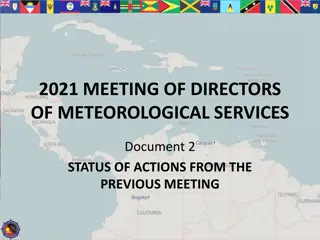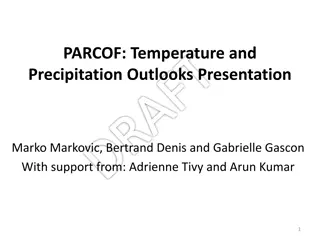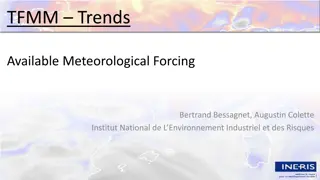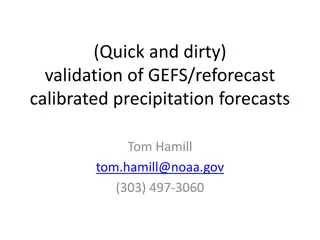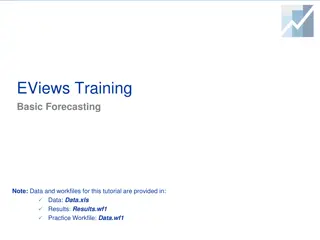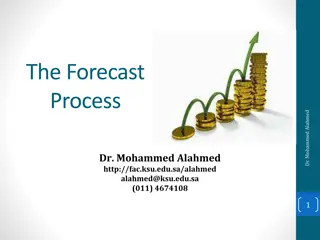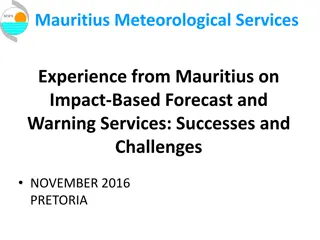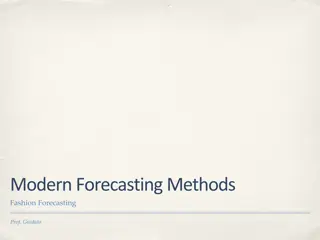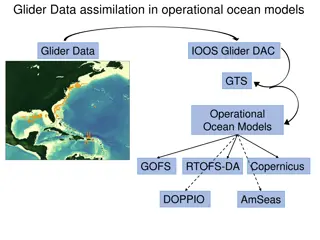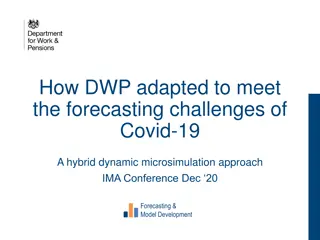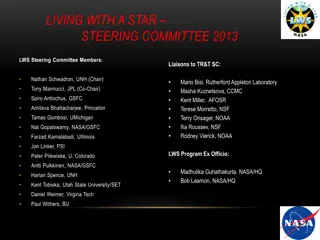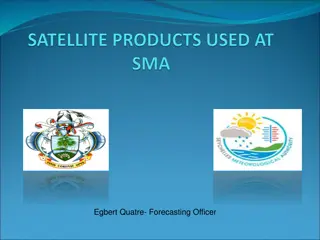Enhancing Meteorological Forecasting Through Reforecast Applications: Challenges and Solutions
Reforecast applications at the regional/WFO level provide crucial benefits in improving model forecast accuracy and reliability, particularly for challenges like resolution in complex terrains, climatology in desert regions, and addressing model biases. Challenges include resolution limitations in mountain ranges, precipitation variability across the West, and the need for downscaled and bias-corrected model outputs. Techniques like the analog QPF approach and M-Climate diagnostics help in enhancing model predictions, while the use of calibrated short-term guidance enables better severe weather predictions. The field is evolving with the integration of various methods for more accurate and reliable forecasting.
Download Presentation

Please find below an Image/Link to download the presentation.
The content on the website is provided AS IS for your information and personal use only. It may not be sold, licensed, or shared on other websites without obtaining consent from the author.If you encounter any issues during the download, it is possible that the publisher has removed the file from their server.
You are allowed to download the files provided on this website for personal or commercial use, subject to the condition that they are used lawfully. All files are the property of their respective owners.
The content on the website is provided AS IS for your information and personal use only. It may not be sold, licensed, or shared on other websites without obtaining consent from the author.
E N D
Presentation Transcript
Reforecast Applications at the Regional/WFO Level Trevor Alcott NWS Western Region
Reforecast Applications Ugly truth: primary use of global ensemble guidance in operations is to decide which higher-resolution deterministic model(s) to use. Reforecasting/post-processing offers crucial benefits: improved model forecast accuracy and reliability, particularly for QPF Challenge: resolution in complex terrain Challenge: climatology in desert regions Challenge: model biases/underdispersion ability to place model forecast in context at a given lead time (i.e., M-Climate diagnostics) calibrated severe/fire guidance (SREF)
Challenge: Resolution entire mountain ranges fit between global ensemble grid points November mean precipitation in inches (approximate size of a 1.0-deg grid cell) typically addressed with climatological downscaling approaches, but those assume every event looks like PRISM climatology KSLC PQPF downscaling difficult without individual member data
Challenge: Precipitation Variability Much of the West sees 50% of their annual precipitation on less than 15 days. Desert SW: 50% on less than 5 days Short training dataset for model calibration could miss every significant precipitation event over a wide area. Dettinger et al., 2011
Reforecast Analog QPF Approach Accomplishes downscaling and bias correction using a long training dataset. Q: Should I believe the model? A: Here s what actually happened when the model forecast looked like this. Not in AWIPS yet, but experimental analog QPF/PQPF already being used at western WFOs
M-Climate Diagnostics Is the model predicting something unusual? Mean and PDF approaches (QPF M-Climate for October 2013 SD/WY blizzard and EFI for this week s cold outbreak):
Calibrated Short-Term Guidance SPC has made great progress with SREF calibrated thunder/severe guidance Handicapped by short-training dataset, statistics took an entire season to improve Future efforts could include other multi-element threats (e.g., fire weather)
